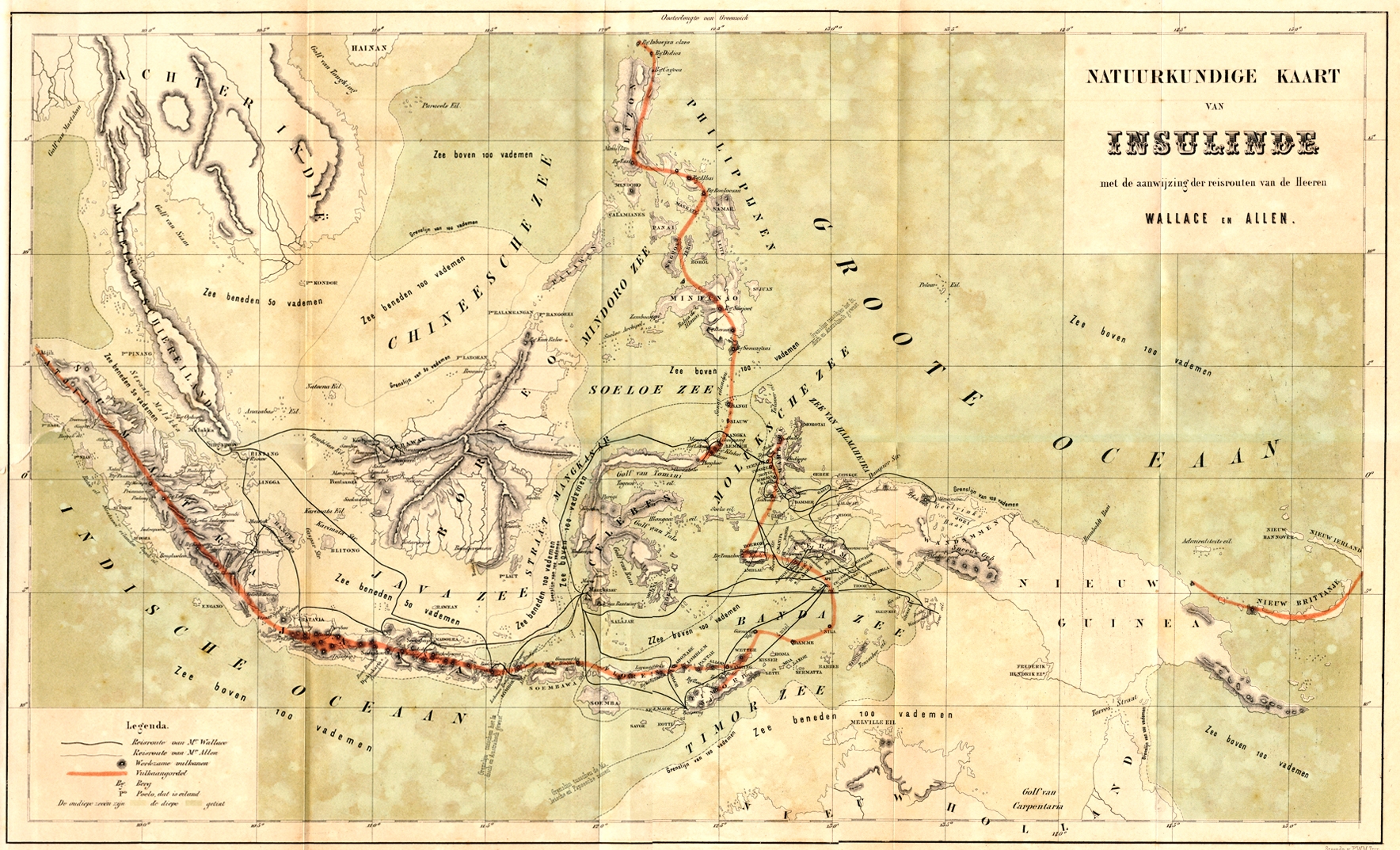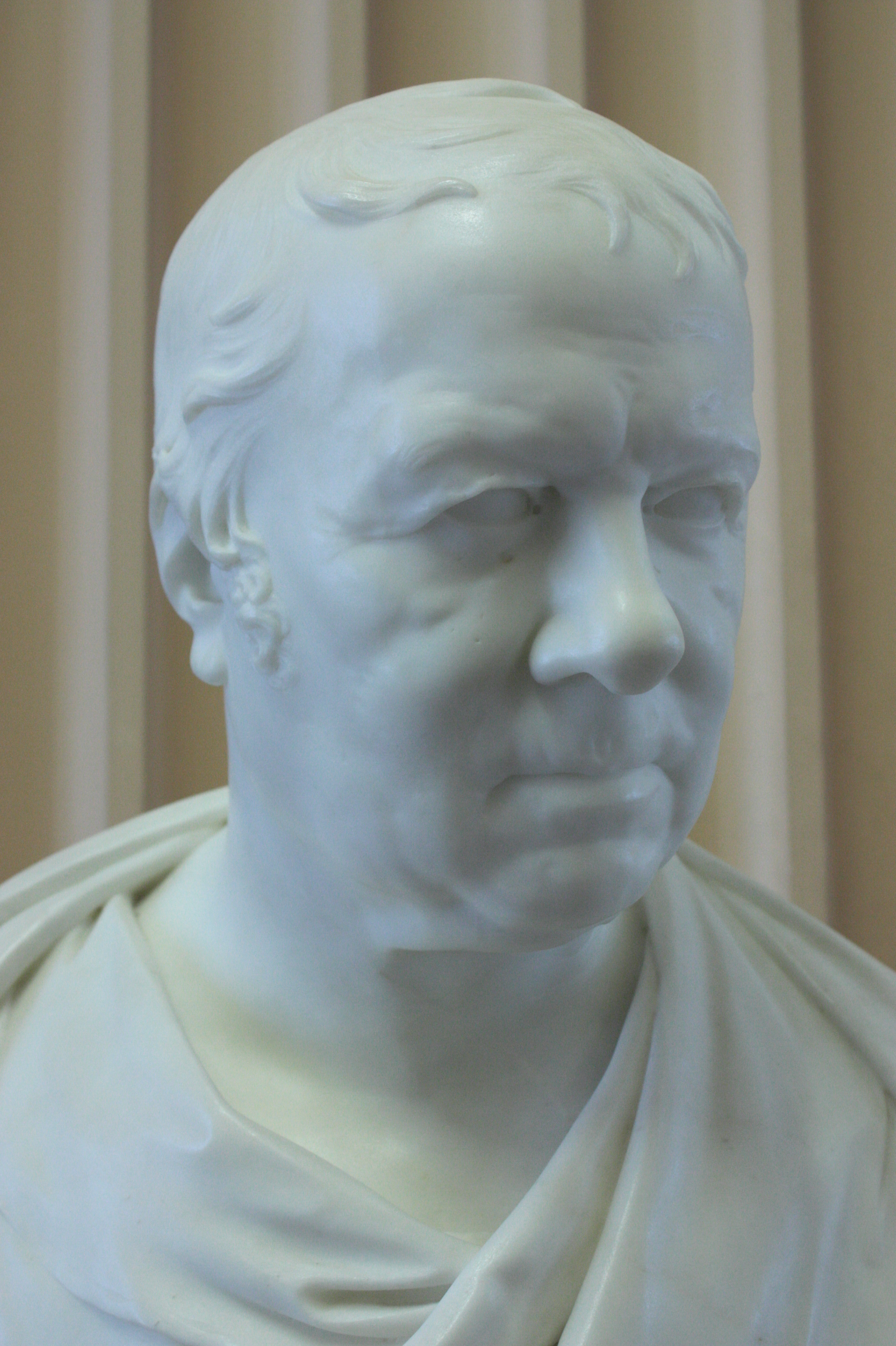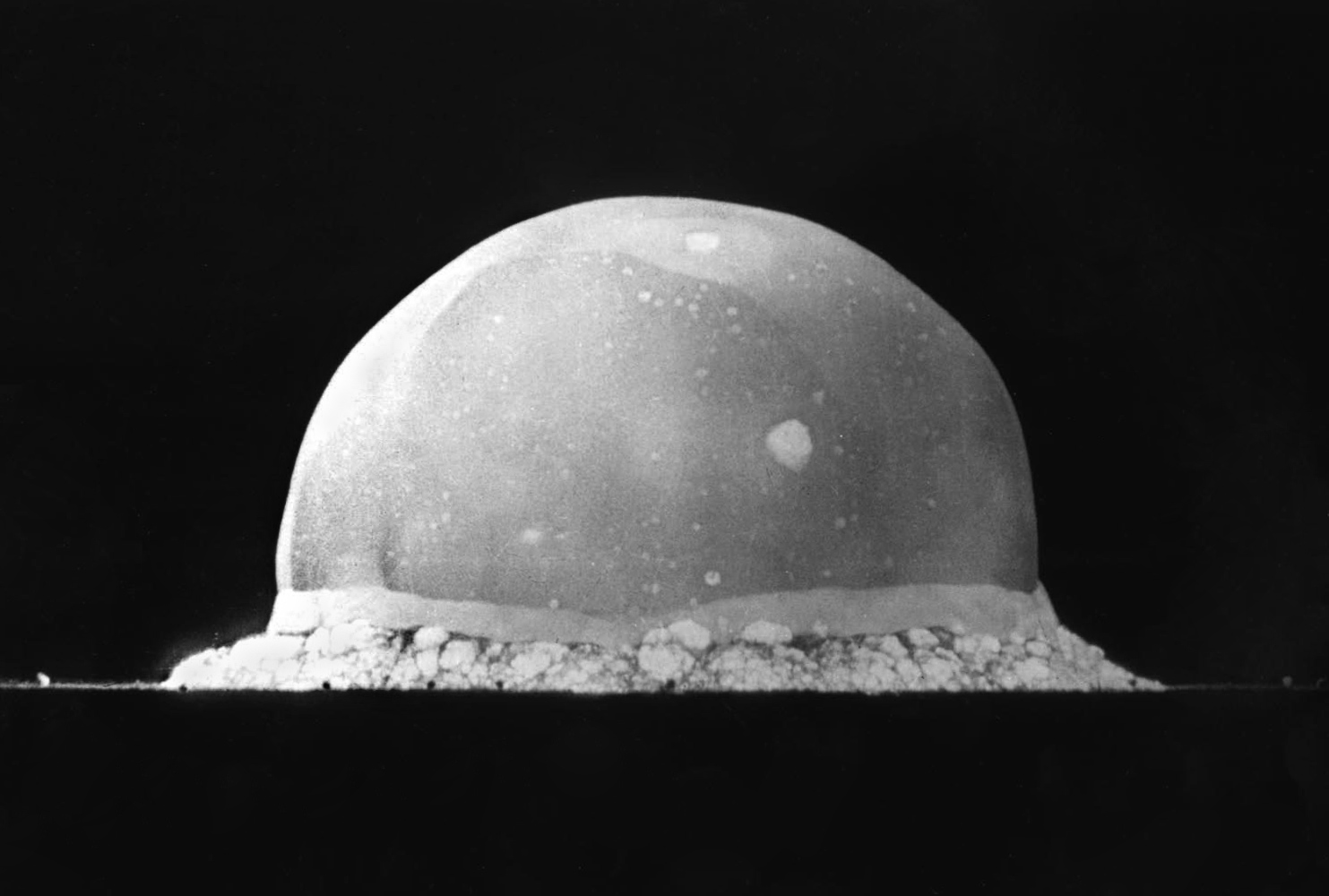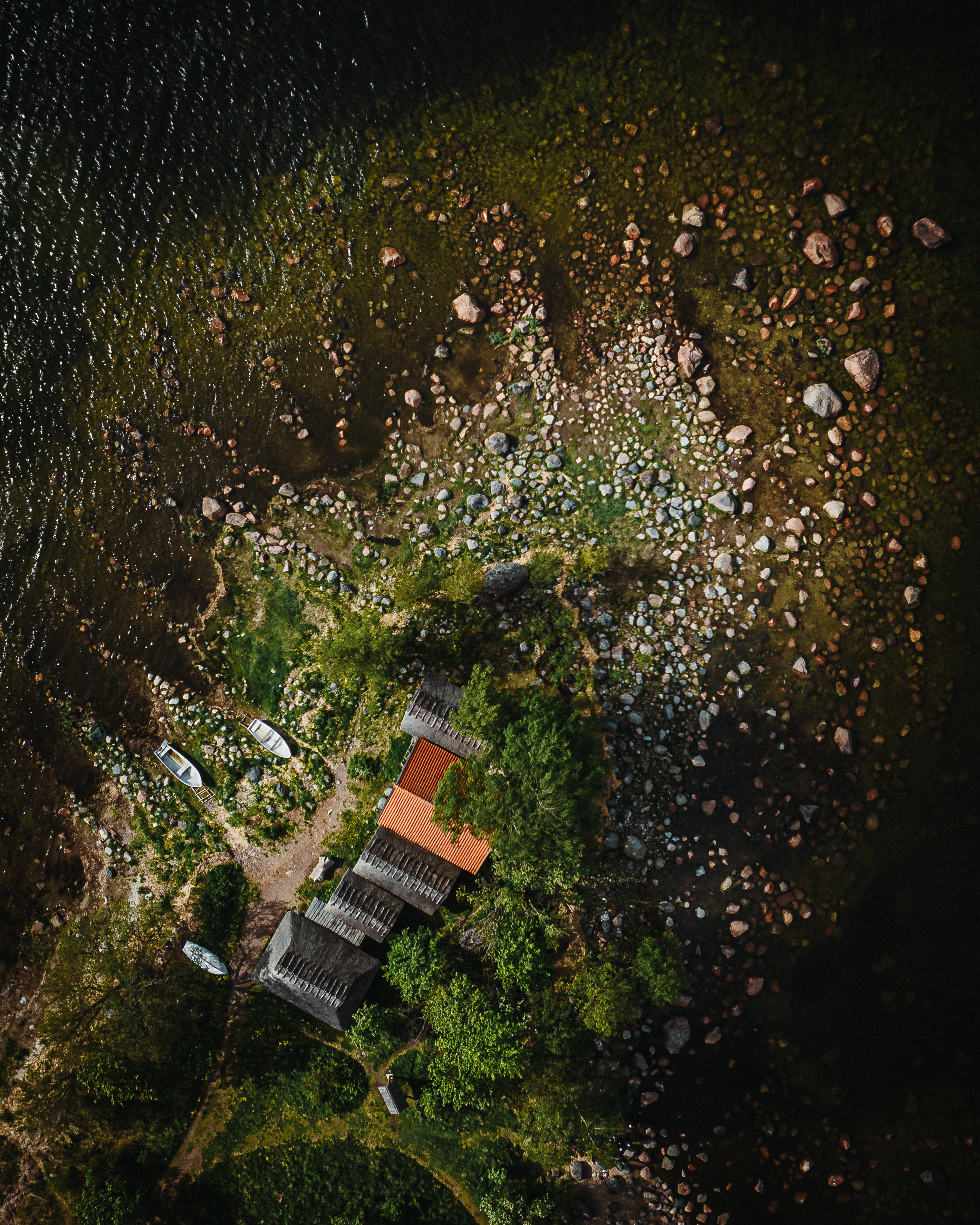|
Sir Charles Lyell
Sir Charles Lyell, 1st Baronet, (14 November 1797 – 22 February 1875) was a Scottish geologist who demonstrated the power of known natural causes in explaining the earth's history. He is best known today for his association with Charles Darwin and as the author of ''Principles of Geology'' (1830–33), which presented to a wide public audience the idea that the earth was shaped by the same natural processes still in operation today, operating at similar intensities. The philosopher William Whewell dubbed this gradualistic view "uniformitarianism" and contrasted it with catastrophism, which had been championed by Georges Cuvier and was better accepted in Europe. The combination of evidence and eloquence in ''Principles'' convinced a wide range of readers of the significance of " deep time" for understanding the earth and environment. Lyell's scientific contributions included a pioneering explanation of climate change, in which shifting boundaries between oceans and conti ... [...More Info...] [...Related Items...] OR: [Wikipedia] [Google] [Baidu] |
Harley Street
Harley Street is a street in Marylebone, Central London, named after Edward Harley, 2nd Earl of Oxford and Earl Mortimer."Harley Street" in Since the 19th century it has housed a large number of private specialists in and . Overview Since the 19th century, the number of doctors, hospitals, and medical organisations in and around Harley Street has greatly increased. Records show that there were around 20 doctors in 1860, 80 by 1900, and almost 200 by ...[...More Info...] [...Related Items...] OR: [Wikipedia] [Google] [Baidu] |
Kinnordy House
Kinnordy House (alternative spellings: Kynnordy, Kinardy, Kinnordie and Kinorde) is an estate house near Kirriemuir in Angus, Scotland. The first house was built in the 1680s, when Inverquharity Castle was vacated; however, the current three-storey, towered and turreted structure dates from 1881, incorporating an 18th-century wing and stables. The house was the birthplace of the noted geologist Charles Lyell, and is associated with his friend Charles Darwin. History The walled garden was built after the Jacobite rising of 1745, by the "Nameless Highlanders". On 28 November 1782 the entrepreneur Charles Lyell bought Inverquharity and Kinnordy from Sir John Ogilvy. An observatory was added by his son, the botanist Charles Lyell. The house was designated a Category B listed building In the United Kingdom, a listed building is a structure of particular architectural or historic interest deserving of special protection. Such buildings are placed on one of the four statutory l ... [...More Info...] [...Related Items...] OR: [Wikipedia] [Google] [Baidu] |
Alfred Russel Wallace
Alfred Russel Wallace (8 January 1823 – 7 November 1913) was an English naturalist, explorer, geographer, anthropologist, biologist and illustrator. He independently conceived the theory of evolution through natural selection; his 1858 paper on the subject was published that year On the Tendency of Species to form Varieties; and on the Perpetuation of Varieties and Species by Natural Means of Selection, alongside extracts from Charles Darwin's earlier writings on the topic. It spurred Darwin to set aside the Natural Selection (manuscript), "big species book" he was drafting and to quickly write an Abstract (summary), abstract of it, which was published in 1859 as ''On the Origin of Species''. Wallace did extensive fieldwork, starting in the Amazon River basin. He then did fieldwork in the Malay Archipelago, where he identified the faunal divide now termed the Wallace Line, which separates the Indonesian archipelago into two distinct parts: a western portion in which the ani ... [...More Info...] [...Related Items...] OR: [Wikipedia] [Google] [Baidu] |
On The Origin Of Species
''On the Origin of Species'' (or, more completely, ''On the Origin of Species by Means of Natural Selection, or the Preservation of Favoured Races in the Struggle for Life'')The book's full original title was ''On the Origin of Species by Means of Natural Selection, or the Preservation of Favoured Races in the Struggle for Life''. In the 1872 sixth edition, "On" was omitted, so the full title is ''The origin of species by means of natural selection, or the preservation of favoured races in the struggle for life.'' This edition is usually known as ''The Origin of Species.'' The 6th is Darwin's final edition; there were minor modifications in the text of certain subsequent issues. See Freeman, R. B. In Van Wyhe, John, ed. ''Darwin Online: On the Origin of Species'', 2002. is a work of scientific literature by Charles Darwin that is considered to be the foundation of evolutionary biology. It was published on 24 November 1859. Darwin's book introduced the scientific theory that ... [...More Info...] [...Related Items...] OR: [Wikipedia] [Google] [Baidu] |
John Playfair
John Playfair FRSE, FRS (10 March 1748 – 20 July 1819) was a Church of Scotland minister, remembered as a scientist and mathematician, and a professor of natural philosophy at the University of Edinburgh. He is best known for his book ''Illustrations of the Huttonian Theory of the Earth'' (1802), which summarised the work of James Hutton. It was through this book that Hutton's principle of uniformitarianism, later taken up by Charles Lyell, first reached a wide audience. Playfair's textbook ''Elements of Geometry'' made a brief expression of Euclid's parallel postulate known now as Playfair's axiom. In 1783 he was a co-founder of the Royal Society of Edinburgh. He served as General Secretary to the society 1798–1819. Life Born at Benvie, slightly west of Dundee to Margaret Young (1719/20 – 1805) and Reverend James Playfair (died 1772), the kirk minister of Liff and Benvie. Playfair was educated at home until the age of 14, when he entered the University of St Andrews ... [...More Info...] [...Related Items...] OR: [Wikipedia] [Google] [Baidu] |
James Hutton
James Hutton (; 3 June Old Style and New Style dates, O.S. 1726 – 26 March 1797) was a Scottish geologist, Agricultural science, agriculturalist, chemist, chemical manufacturer, Natural history, naturalist and physician. Often referred to as the "Father of Modern Geology," he played a key role in establishing geology as a modern science. Hutton advanced the idea that the physical world's history of Earth, remote history can be inferred from evidence in present-day rocks. Through his study of features in the landscape and coastlines of his native Scottish lowlands, such as Salisbury Crags or Siccar Point, he developed the theory that geological features could not be static but underwent continuing transformation over indefinitely long periods of time. From this he argued, in agreement with many other early geologists, that the Earth could not be young. He was one of the earliest proponents of what in the 1830s became known as uniformitarianism, the science which explains feat ... [...More Info...] [...Related Items...] OR: [Wikipedia] [Google] [Baidu] |
Anthropocene
''Anthropocene'' is a term that has been used to refer to the period of time during which human impact on the environment, humanity has become a planetary force of change. It appears in scientific and social discourse, especially with respect to accelerating geophysical and biochemical changes that characterize the 20th and 21st centuries on Earth. Originally a proposal for a new geological epoch following the Holocene, it was rejected as such in 2024 by the International Commission on Stratigraphy (ICS) and the International Union of Geological Sciences (IUGS). The term has been used in research relating to Earth's Ocean, water, geology, geomorphology, landscape, limnology, hydrology, ecosystems and climate. The effects of human activities on Earth can be seen, for example, in regards to biodiversity loss, and climate change. Various start dates for the Anthropocene have been proposed, ranging from the beginning of the Neolithic Revolution (12,000–15,000 years ago), to as ... [...More Info...] [...Related Items...] OR: [Wikipedia] [Google] [Baidu] |
Loess
A loess (, ; from ) is a clastic rock, clastic, predominantly silt-sized sediment that is formed by the accumulation of wind-blown dust. Ten percent of Earth's land area is covered by loesses or similar deposition (geology), deposits. A loess is a periglacial or aeolian processes, aeolian (windborne) sediment, defined as an accumulation of 20% or less of clay with a balance of roughly equal parts sand and silt (with a typical grain size from 20 to 50 micrometers), often loosely cemented by calcium carbonate. Usually, they are homogeneity and heterogeneity, homogeneous and highly Porosity#Porosity in earth sciences and construction, porous and have vertical capillaries that permit the sediment to fracture and form vertical cliff, bluffs. Properties Loesses are wikt:homogeneous, homogeneous, Porosity#Porosity in earth sciences and construction, porous, friable, pale yellow or buff (color), buff, slightly wikt:coherent, coherent, typically non-stratum, stratified, and often calc ... [...More Info...] [...Related Items...] OR: [Wikipedia] [Google] [Baidu] |
Glacial Erratic
A glacial erratic is a glacially deposited rock (geology), rock differing from the type of country rock (geology), rock native to the area in which it rests. Erratics, which take their name from the Latin word ' ("to wander"), are carried by glacial ice, often over distances of hundreds of kilometres. Erratics can range in size from pebbles to large boulders such as Okotoks Erratic, Big Rock (16,500 metric tons) in Alberta. Geologists identify erratics by studying the rocks surrounding the position of the erratic and the composition of the erratic itself. Erratics are significant because: *They can be transported by glaciers, and are thereby one of a series of indicators which mark the path of prehistoric Glacial motion, glacier movement. Their lithographic origin can be traced to the parent bedrock, allowing for confirmation of the ice flow route. *They can be transported by ice rafting, which allows quantification of the extent of glacial flooding resulting from ice dam failure ... [...More Info...] [...Related Items...] OR: [Wikipedia] [Google] [Baidu] |
Eocene
The Eocene ( ) is a geological epoch (geology), epoch that lasted from about 56 to 33.9 million years ago (Ma). It is the second epoch of the Paleogene Period (geology), Period in the modern Cenozoic Era (geology), Era. The name ''Eocene'' comes from the Ancient Greek (''Ēṓs'', 'Eos, Dawn') and (''kainós'', "new") and refers to the "dawn" of modern ('new') fauna that appeared during the epoch.See: *Letter from William Whewell to Charles Lyell dated 31 January 1831 in: * From p. 55: "The period next antecedent we shall call Eocene, from ήως, aurora, and χαινος, recens, because the extremely small proportion of living species contained in these strata, indicates what may be considered the first commencement, or ''dawn'', of the existing state of the animate creation." The Eocene spans the time from the end of the Paleocene Epoch to the beginning of the Oligocene Epoch. The start of the Eocene is marked by a brief period in which the concentration of the carbon isoto ... [...More Info...] [...Related Items...] OR: [Wikipedia] [Google] [Baidu] |
Miocene
The Miocene ( ) is the first epoch (geology), geological epoch of the Neogene Period and extends from about (Ma). The Miocene was named by Scottish geologist Charles Lyell; the name comes from the Greek words (', "less") and (', "new") and means "less recent" because it has 18% fewer modern marine invertebrates than the Pliocene has. The Miocene followed the Oligocene and preceded the Pliocene. As Earth went from the Oligocene through the Miocene and into the Pliocene, the climate slowly cooled towards a series of ice ages. The Miocene boundaries are not marked by distinct global events but by regionally defined transitions from the warmer Oligocene to the cooler Pliocene Epoch. During the Early Miocene, Afro-Arabia collided with Eurasia, severing the connection between the Mediterranean and Indian Oceans, and allowing the interchange of fauna between Eurasia and Africa, including the dispersal of proboscideans and Ape, hominoids into Eurasia. During the late Miocene, the conn ... [...More Info...] [...Related Items...] OR: [Wikipedia] [Google] [Baidu] |
Pliocene
The Pliocene ( ; also Pleiocene) is the epoch (geology), epoch in the geologic time scale that extends from 5.33 to 2.58See the 2014 version of the ICS geologic time scale million years ago (Ma). It is the second and most recent epoch of the Neogene Period in the Cenozoic, Cenozoic Era. The Pliocene follows the Miocene Epoch and is followed by the Pleistocene Epoch. Prior to the 2009 revision of the geologic time scale, which placed the four most recent major glaciations entirely within the Pleistocene, the Pliocene also included the Gelasian Stage, which lasted from 2.59 to 1.81 Ma, and is now included in the Pleistocene. As with other older geologic periods, the Stratum, geological strata that define the start and end are well-identified but the exact dates of the start a ... [...More Info...] [...Related Items...] OR: [Wikipedia] [Google] [Baidu] |










